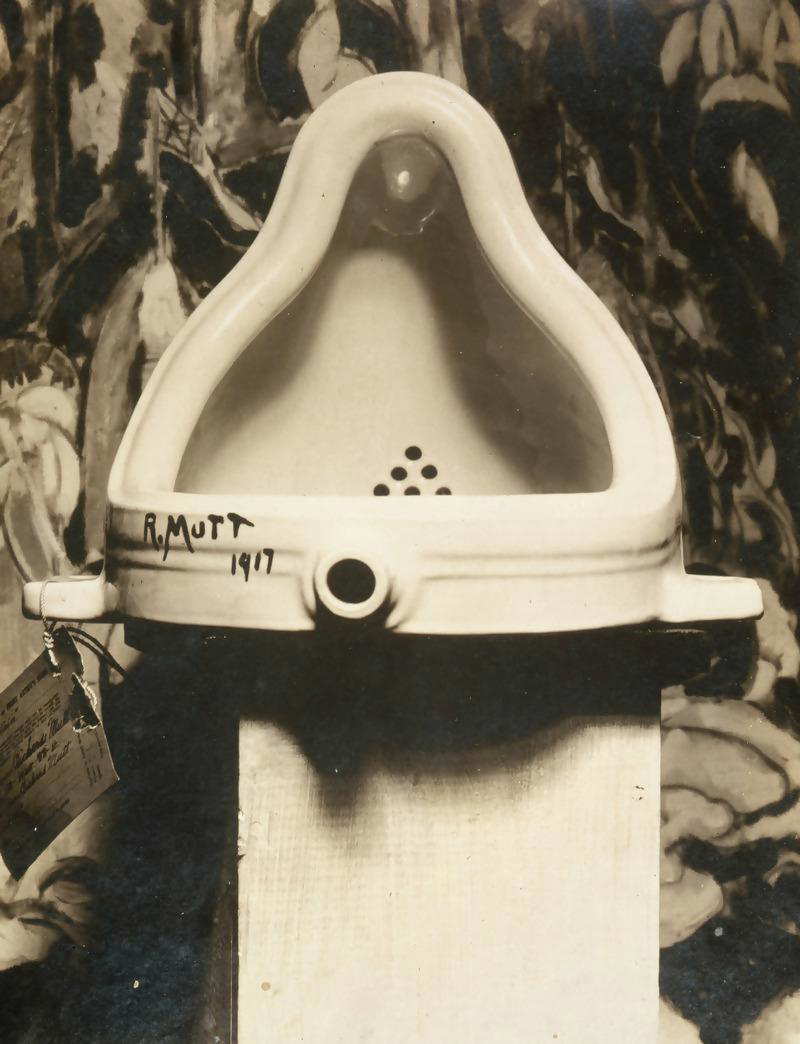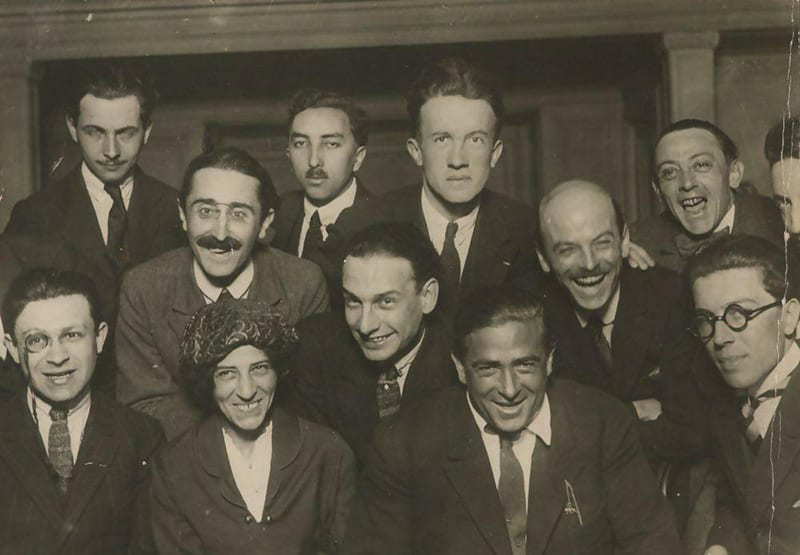
Dada was an international art movement originating in the early 20th century. It created absurd, nihilistic and sometimes incomprehensible art. Dada blurred the lines between visual, performance, and literary arts. It was led by artists like Hugo Ball, Marcel Duchamp and Sophie Tauber. Its legacy shook the art world and quite possibly changed the definition of art itself.
Dada: Origins and Historical Background

Dadaism began with a group of artists and poets who were associated with the Cabaret Voltaire. Hugo Ball and Emmy Hennings founded this political, performance space on February 5, 1916, in Zurich, Switzerland. Though it closed soon after, this space was pivotal for the inception of the Dadaist movement.
The Cabaret Voltaire held spoken word, dance, and performance art shows. They were experimental and relatively strange, breaking artistic norms while trying out new forms of poetry and movement. These experiments would come to be known as Dada art.

The term Dada is said to have no meaning at all, much like the art itself. One could argue having no meaning carries meaning, but that is for another discussion. A possible origin story claims that artist Richard Huelsenbeck slid a knife into a dictionary and hit the term dada. This was a colloquial French term for a “hobby horse”. Others believe that the name came from the sound a baby makes, connecting to the childlike absurdity of the movement.
Dadaism’s inception corresponds with increasing tensions due to World War I. The movement’s absurdity and nihilistic philosophy was a reaction to the cruelty and violence of the war. Dadaists saw the brutality of WWI as unnecessary. They believed that it was the result of cultural and intellectual conformity, so they created the exact opposite.
Get the latest articles delivered to your inbox
Sign up to our Free Weekly Newsletter

Dada is one of the only avant-garde art movements to reach international popularity. There were thriving Dadaism cohorts throughout the world. From Western Europe, it reached the United States, Japan, Russia, and beyond. Unfortunately, due to the movement’s inherent disorganization and lack of central hierarchy, Dadaism morphed into other styles, most notably Surrealism.
Thematic Elements of Dadaism

Dadaism is a visual, literary, and performance style that is connected through themes more so than stylistic aesthetics. The movement was led by manifestos and concepts instead of visuals. Hans Richter coined the term “anti-art” in relation to Dadaism due to its rejection of expected artistic aesthetics.
Its manifestos promoted nihilism and absurdism. Dada’s themes are in fact nihilistic and absurd, as well as shocking, random and negative, amongst other similar adjectives. Dada attempts to protest bourgeoisie nationalism and colonial interests since these artists considered the root cause of war.

The ideas behind Dada art are what drove the movement. Their art was not supposed to be aesthetically pleasing. It was not an end to a means, but more of an opportunity for true perception and a way to criticize problems in society.
Visual Style of Dadaism

Dadaism did not have a specific aesthetic style since its ideas and themes took precedence over looks. Its status as an anti-art left the door open for a wide array of creation. Dadaism spans the visual realm and enters the literary and performance art scenes as well, often blurring the lines between the three styles.
Due to the literary/visual art combination, font and textual art was important to the movement. The words became art due to the attention to the typography involved in their posters and collages.

In regards to visual art, Dada came to fruition often in the form of posters and collage-style art. Sometimes it is very simple and other times it may be more complex but it always has the thematic elements of absurdity.
Collage as a Dada medium

Collage seems to be the most widely used medium for Dada’s visual art. This being said, other art forms like the readymade, have become more closely associated with the movement.
Dadaists utilized the cut-up collage technique, which developed during the Cubist movement. Pieces of paper from multiple sources were combined into a work, often in a way that did not make inherent sense. They often picked out pieces randomly, allowing the art to create itself. This fostered the sense of randomness and chance that is connected to Dada.

They also worked with photomontages and assemblages. Both of these are different takes on the collage. Photomontages uses actual photos and glue to create an entirely new art piece. Assemblages take the collage concept into the 3rd dimension. These were made up of objects attached together in a sculptural collage manner.
Readymade: The New Artform

Dadaism is most well known for the readymade. Readymades are found objects, elevated to the status of art. An artist would find something already in existence and put it on a pedestal, either figuratively or literally, and this alone makes the object an art piece.
Marcel Duchamp is the artist who first found a readymade. He took a urinal, turned it upside down, and signed it with a fake name. He entered it in an art exhibition and shook the art world to its core.
Reactions to the Movement

Dada artists wanted to cause a scene. They deliberately shocked art classicists and caused scandals. Their posters were often torn down, their performances closed, magazines banned, and their exhibitions closed.
Dada was seen as crass and uncultured. The opposite of what pure, high art should look like. At the end of the day, this is what the movement wanted. Dada wanted to be anti-art and this could not happen if it was eagerly accepted within the art world.
Legacy of Dadaism in Art History

Though iconic and international, Dadaism was unstable. It did not have a central hierarchy or, by nature, a set of rules. By 1924, it melded into Surrealism, but this does not mean that it did not have a lasting impact.
The randomness and absurdity of Dada broke open the very definition of art itself. Now, anything could be considered art if someone chooses to call it art. Even a simple piece of plumbing can become a sculpture if one assigns it that role. A bunch of ripped-up magazines could fall onto a flat surface and now a collage exists.
Dada helped end the remaining rules around art. This new definition has paved the way for the unbound creativity in contemporary art that continues to expand today.








